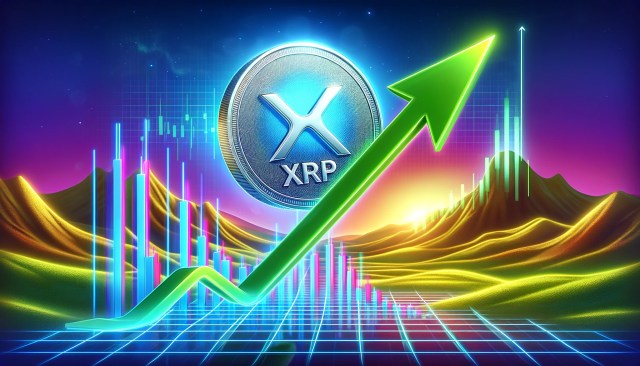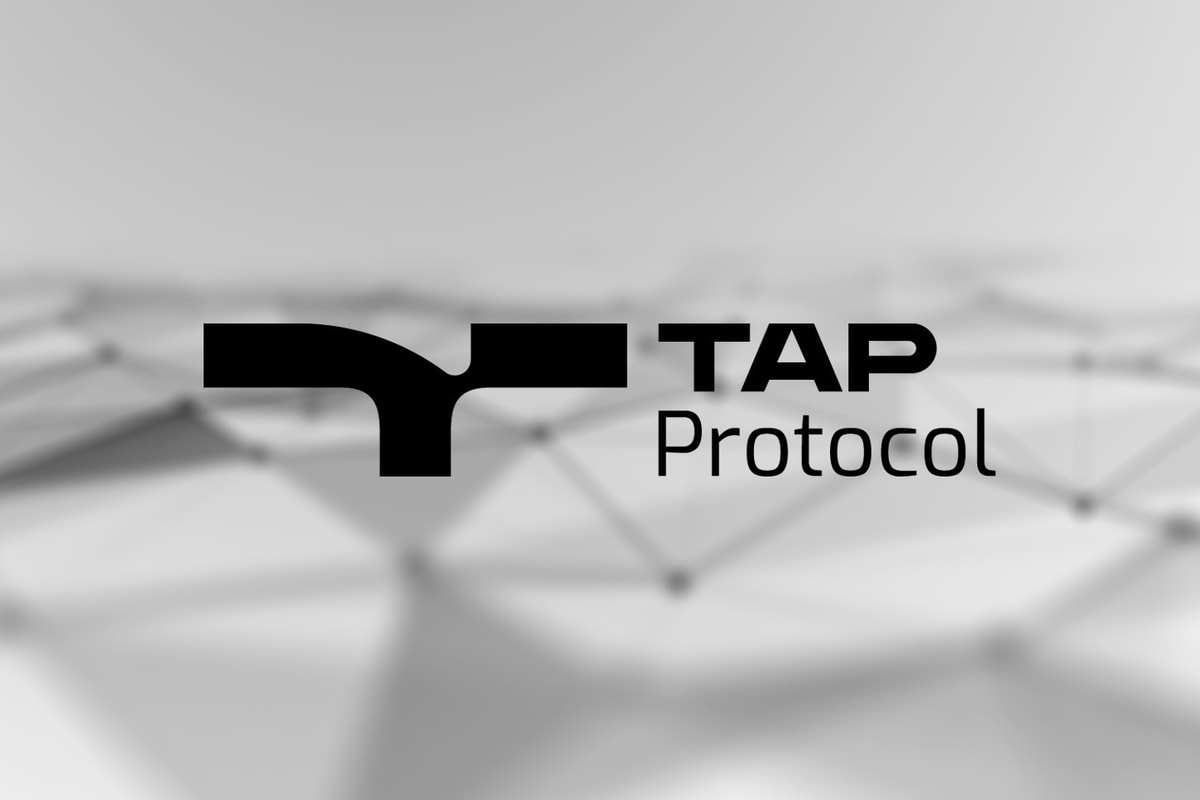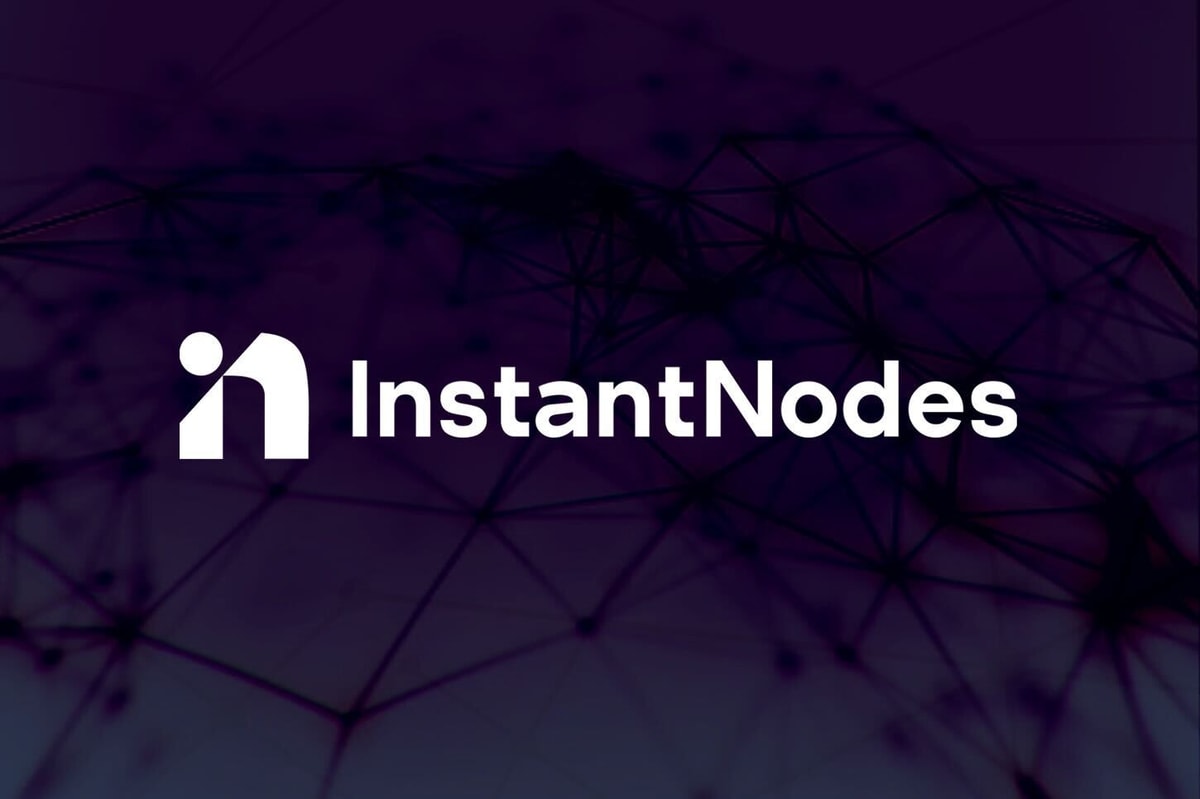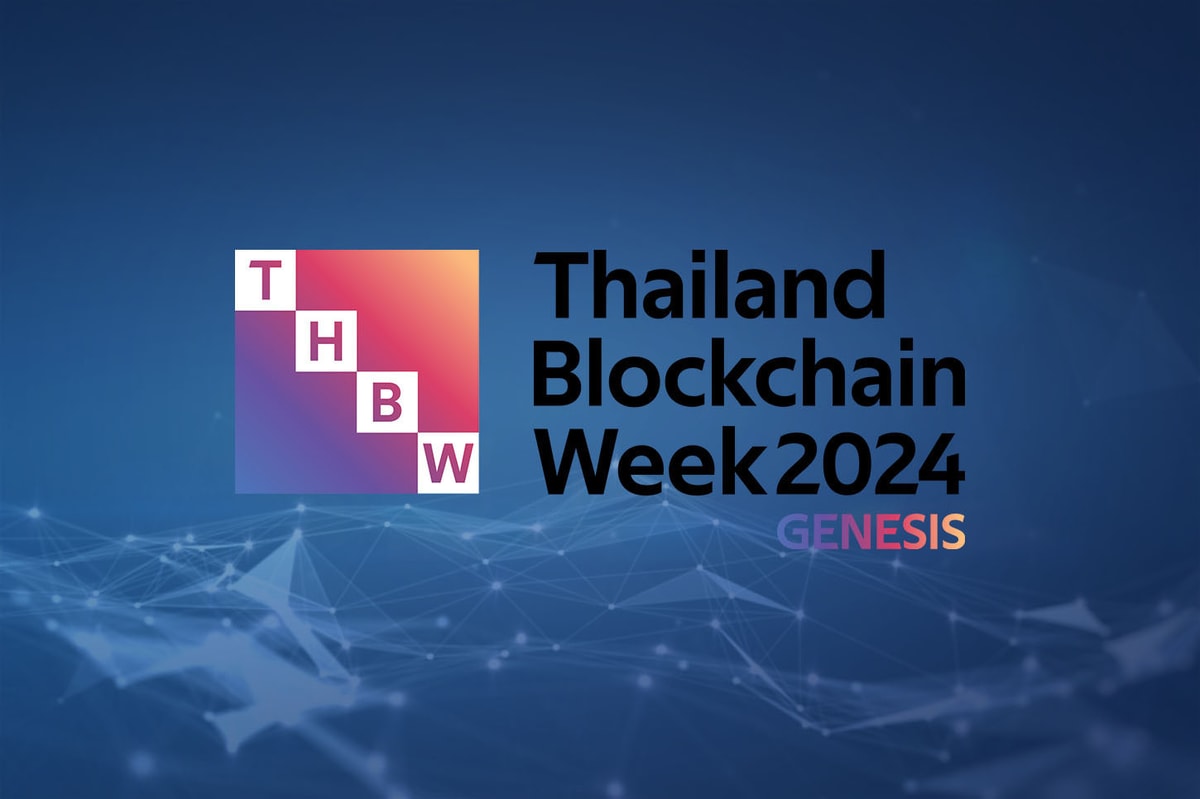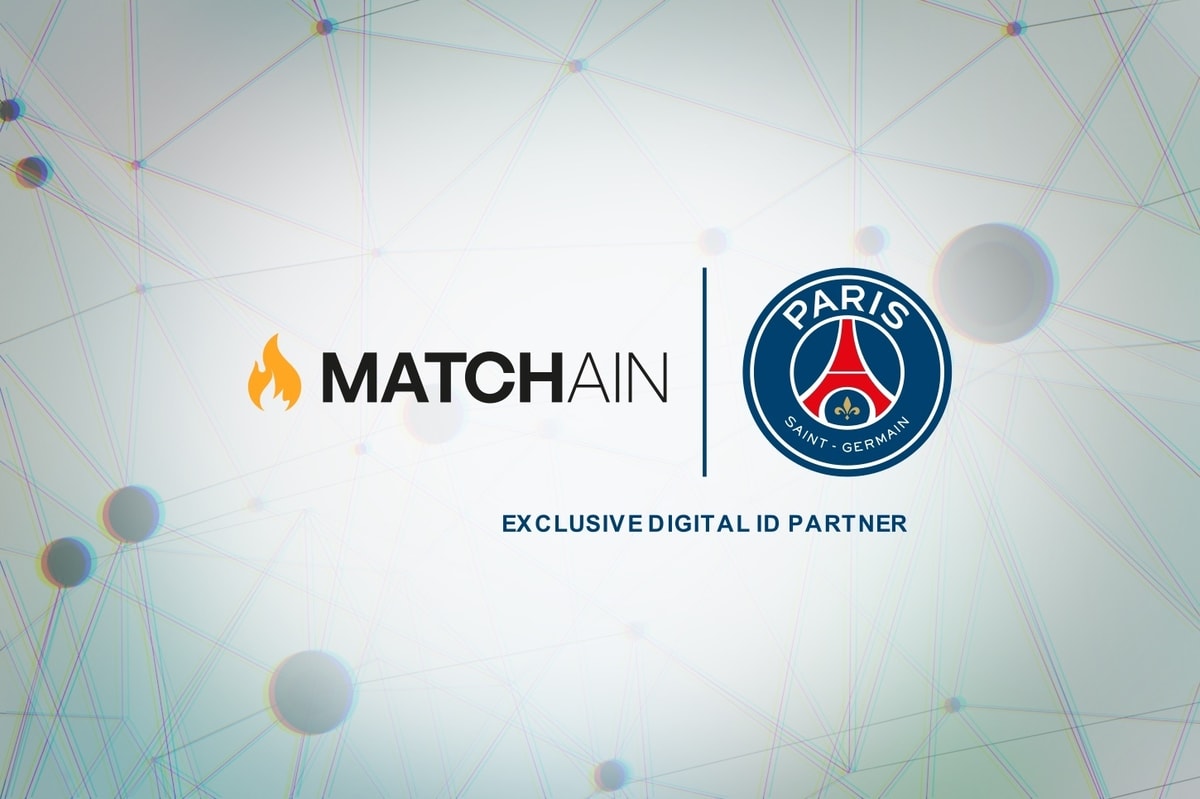On October 1, Ambrus Studio hosted the inaugural GameFi 3.0 Summit via Twitter Space and Binance Livestream, peaking at 3,000 concurrent views and accumulating over 6,500 views on the first day. The summit was moderated by Jin Yu, a well-known strategist and investor.
Panelists included Johnson Yeh, the founder and CEO of Ambrus Studio who is known as "The Godfather of Esports" in China; Andy Dinh, the founder of Team SoloMid (TSM) which was named by Forbes as the world's most valuable esports organization; Ted Lin, the ex-chief growth officer of Binance; and Robin Guo, an investment partner of a16z that focuses on GameFi.
Besides successful projects Axie Infinity and StepN, the next big thing in GameFi is yet to come. Partly due to the bear market, GameFi has been plagued by questionable user value and a short lifecycle for current GameFi players. The panelists shared their insights, from game design and community building to esports, nonfungible token (NFT) monetization and how to avoid the GameFi death spiral.
GameFi 3.0: Back to user value
As investors, Lin and Guo believe the next successful GameFi project must be a fun-to-play game with Web2-comparable accessibility and usability to lower the barrier to entry, rather than an elaborate token-mining system in a GameFi shell. It's important to focus on user value and cater to gamers’ old habits from Web2 when developing the user interface.
As a GameFi project founder, Yeh embeds these beliefs in his core game, E4C:
Final Salvation, with the goal of making a fun, engaging game. E4C is a multiplayer online battle arena (MOBA) game designed for mobile users. Through gameplay innovation, E4C will create better balance for its competition, strategy and movement difficulty, while providing players with a native mobile playing experience. Utilizing a free-to-play structure, allowing players to log in without a wallet and leveraging a mobile-friendly user interface and user experience, the game will greatly reduce the entry barrier for players.
GameFi 3.0: User value via esports
According to Newzoo, total video game players broke the 3 billion mark in 2021, but GameFi players only accounted for 0.07%. When discussing how to engage and convert more mainstream players, Yeh pointed to a welcoming community and esports competition as two key components. The traditional method of buying traffic is too costly for GameFi; instead, the best way to advance GameFi is to build a community from the bottom-up.
Through game-related co-creation activities, the community can establish common emotional attachments and gradually evolve into a game-themed community, which should snowball into recruiting more Web2 players. Moreover, esports enjoys 500 million users with double-digit growth year-over-year, so the impact of esports applies to both Web2 and Web3. Watching esports gameplay is also a different experience than playing, but top-tier tournaments allow players to share the common emotional attachment with a larger audience which has big benefits for monetizing user assets in GameFi.
GameFi 3.0: Monetization via NFTs
As an active NFT investor, Lin sees the value proposition of NFTs in three ways. First, NFTs make trading digital assets easier without needing centralized permission. Second, the interoperability of NFTs makes intellectual property collaboration simple with one click, allowing players to display their NFTs across multiple platforms. Finally, the visible scarcity of NFTs increases the value of ownership.
Guo adds that NFTs inspire a new marketplace-and-transaction-fee business model for games, which suggests that developers should add more transaction scenarios in gameplay to entice players. Additionally, as NFTs continue to evolve, players will be able to constantly add attributes or simply mutate their NFTs, which would add value and unlock more of GameFi's commercial potential.
Echoing Gou, Yeh said that NFTs are effective in monetizing common emotional attachment. The NFTs in E4C games will continuously record and visualize players' emotional attachment, which he describes as a skin upgrade system that provides a vehicle to record special moments. This system benefits developers by encouraging continuous consumption and players by enabling circulation within emotion-sharing players.
The Genesis NFT series of Ambrus Studio — E4C Rangers — also offers an abundant utility package, including a skin revenue split, in-game loot boxes and permanent consumption discounts. The Ultimate edition of the NFT series was sold out via auction in early August, with a reserve price as high as 6.5 Ether (ETH). The Gold edition was launched on September 30 and 258 NFTs were sold during the whitelist phase. Its current floor price is 0.5 ETH.
Ambrus Studio will continue to promote best practices for GameFi by inviting people with different backgrounds to discuss the fundamental logic and market hotspots of Web3 to influence industry construction and usher in the new frontier of video gaming.




